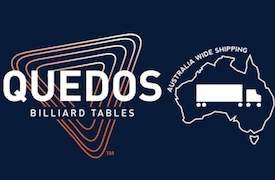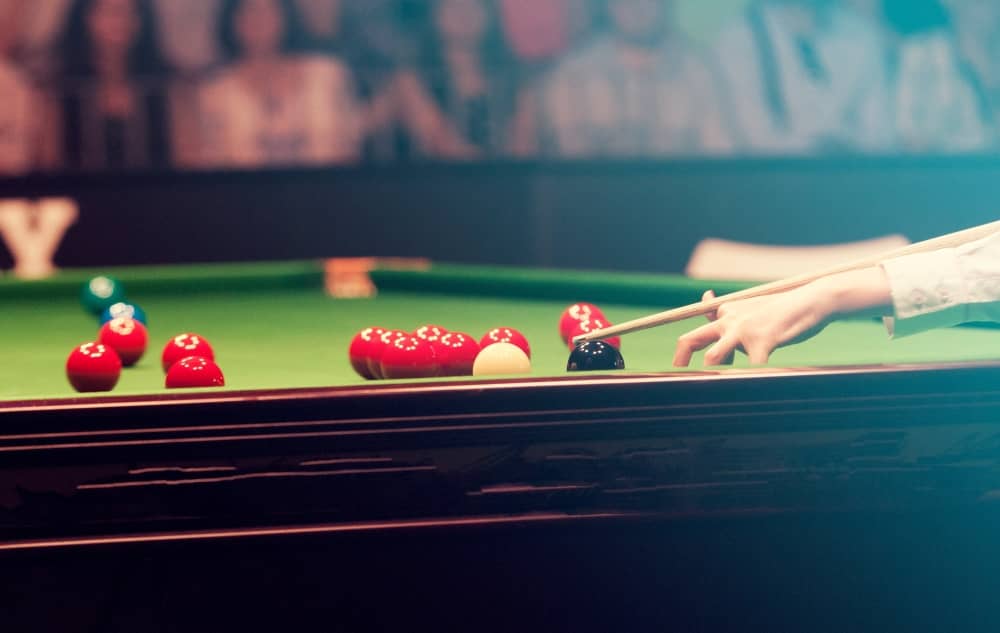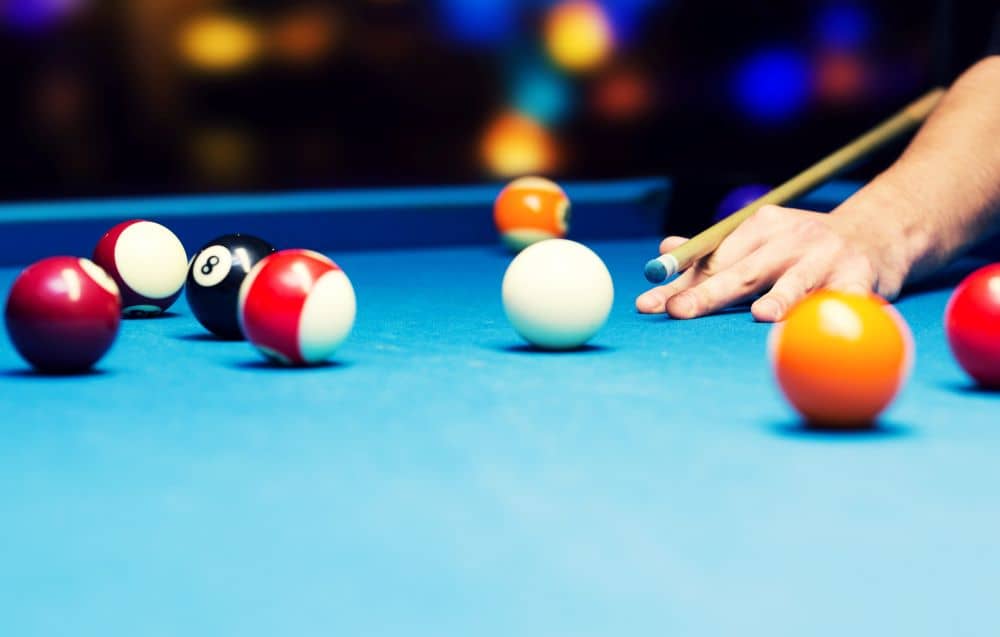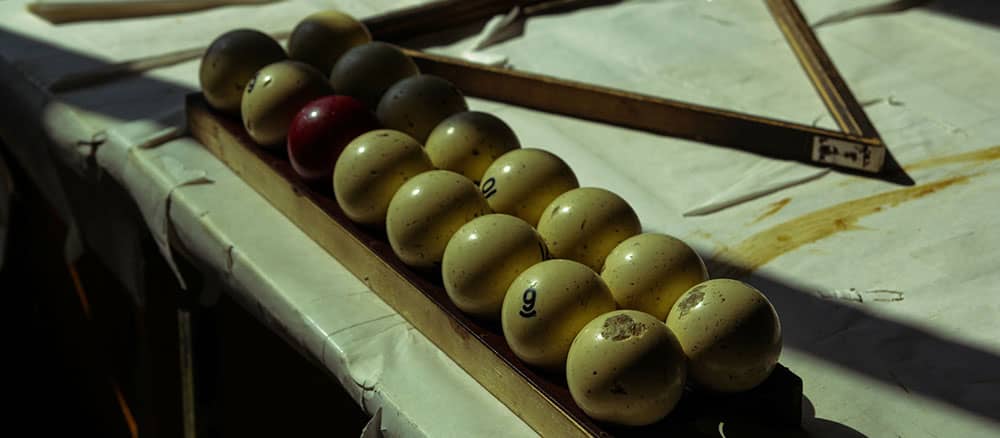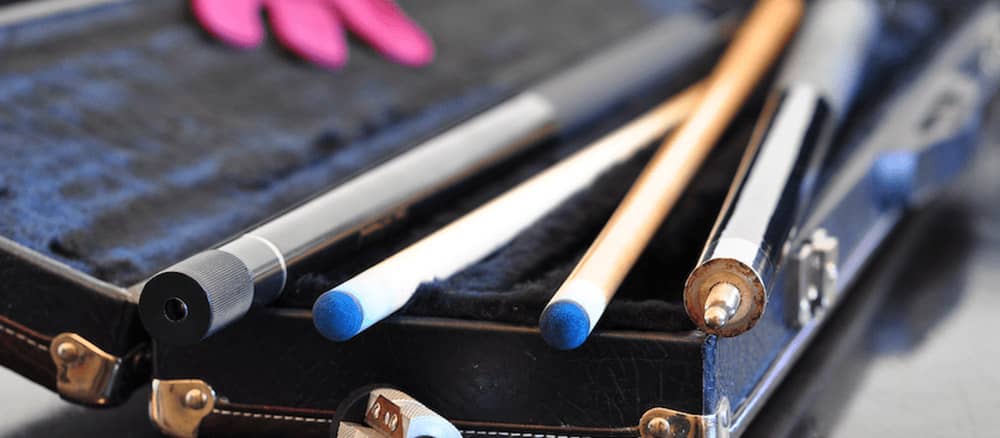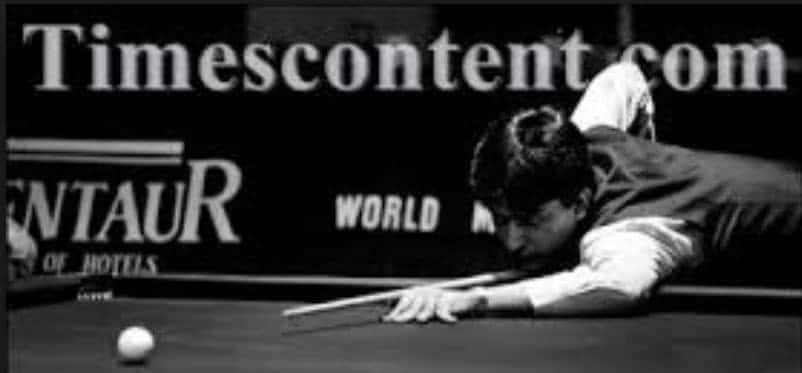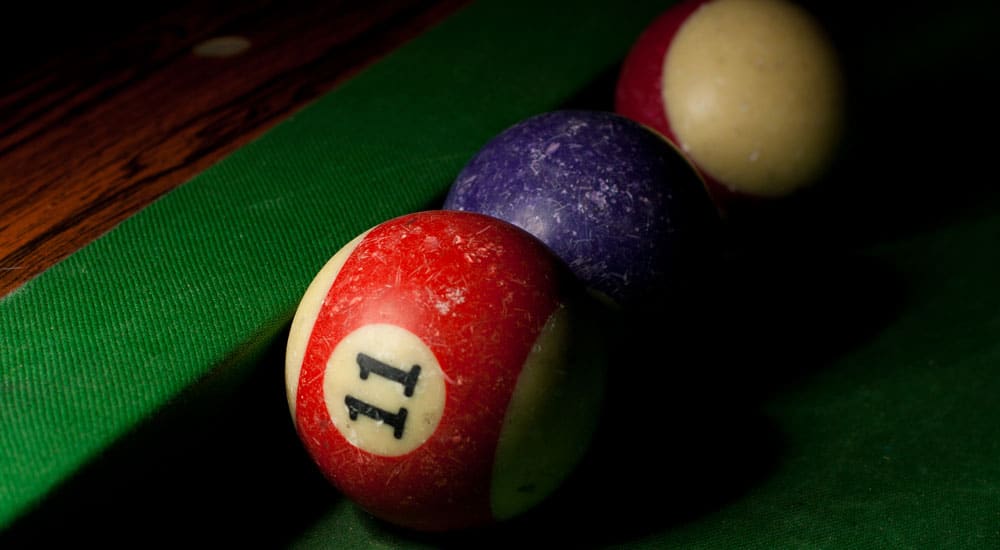Pool and Billiards Historical Origins
To fully appreciate the intricacies of today’s billiards and pool games, it helps to know something of the history of the games.
The concept of billiards has been around since the 1600s, originating in Europe, and initially played outdoors on a grass surface. Whether due to weather conditions or for convenience, the game was soon moved indoors and played on a table surface.
Evolution of the playing table size and shape, the number of pockets, the cue sticks, the number and colour scheme of the balls, the scoring system, and the rules and regulations governing the game quickly followed.
It almost seems like every decade, or so the standards, materials, and equipment for the pocket table games would change. You might enjoy reading a brief history of the table games.
Today, several world associations oversee the official rules and regulations for professional billiards and pool tournaments, championships, and player conduct in their respective countries.
The OPBA (Oceania Pocket Billiard Association) is responsible for the game performance in Australia, New Zealand, and the Pacific Islands.
The Government of Western Australia’s Department of Local Government, Sport and Cultural Industries is responsible for the precise playing specifications for billiards, pool, and snooker, -management/developing-facilities/dimensions-guide/sport-specific-dimensions/billiards-pool-and-snooker.
